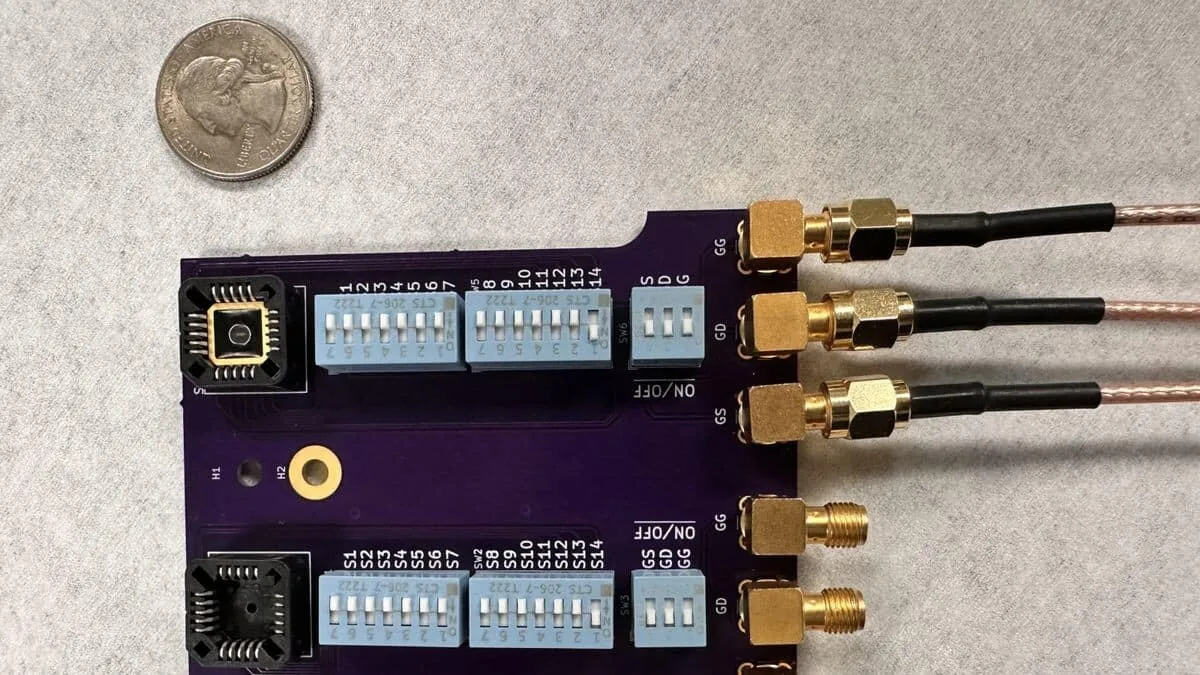Discover How AI-Powered Electronic Tongue Revolutionizes Food Safety

AI-Powered Electronic Tongue Revolutionizes Food Safety
In a groundbreaking development, scientists have created a new electronic tongue, a system that employs artificial intelligence (AI) to detect potential issues with food freshness and safety. This innovation can differentiate between various coffee blends and determine when a drink is on the brink of spoiling.
The development was detailed in the journal Nature. The electronic tongue operates on an ion-sensitive field-effect transistor, a device built to detect chemical ions. The sensor collects information about the ions in a liquid and translates it into an electrical signal that a computer can process.
How the Electronic Tongue Works
Here, the sensor acts as the tongue and AI as the gustatory cortex, responsible for taste perception. The research team, led by Saptarshi Das from Penn State University, connected the sensor to an artificial neural network. This machine learning (ML) program mimics the way the human brain processes information.
- Initially, the research team provided the neural network with a set of parameters to define a liquid's acidity.
- With these parameters, the network achieved an accuracy rate of around 91%.
- When allowed to define its own parameters for acidity analysis, accuracy improved to over 95%.
This demonstrates the electronic tongue's ability to adapt and learn, enhancing its performance. In practical tests, the electronic tongue successfully distinguished similar soft drinks or coffee blends. It could even identify diluted milk, spoiled fruit juice, and detect harmful per- and poly-fluoroalkyl substances (PFAS) in water.
Implications for Food Safety
These successful tests showcase the device's potential for real-world applications in food safety and quality control, potentially revolutionizing how we ensure the safety of our food and beverages.
This article was prepared using information from open sources in accordance with the principles of Ethical Policy. The editorial team is not responsible for absolute accuracy, as it relies on data from the sources referenced.